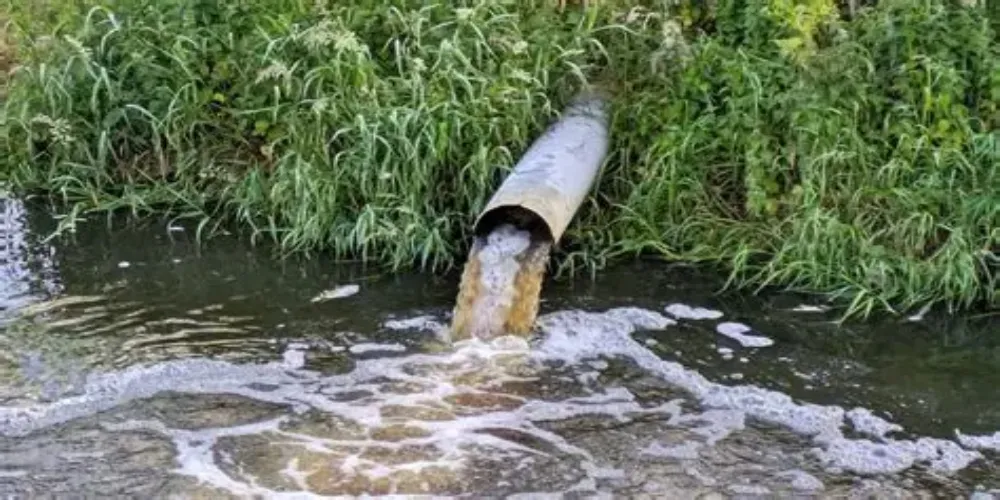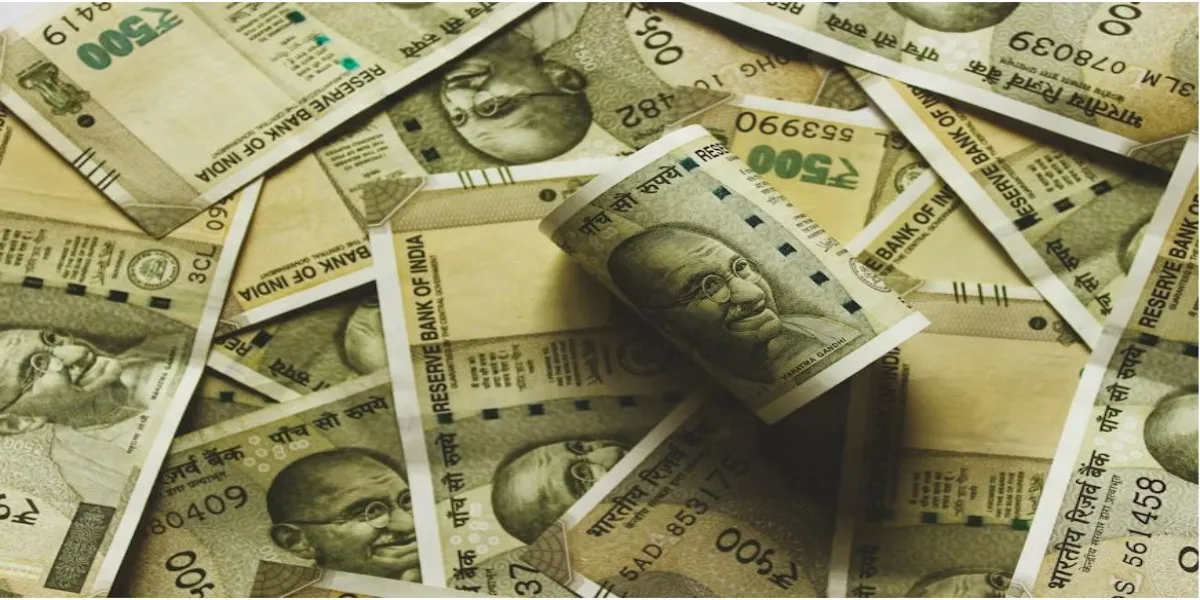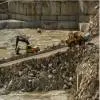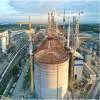Centre to invest in 7 new bullet train corridors

Madurai Corporation Proposes Rs 1,400 Million Plan to Save Vaigai River
In a renewed effort to tackle pollution, the Madurai Corporation has submitted Rs 1,400 million proposal to the state government to upgrade the city’s drainage network and prevent untreated sewage from entering the Vaigai River. The proposal follows growing public concern over the river’s deteriorating condition despite previous mitigation efforts. The Vaigai flows for nearly 12 km within Madurai city limits, with sections obstructed by invasive plants, garbage, and untreated sewage. While multiple inlets contribute to contamination, the Panthalkudi canal in Goripalayam has been identifi..

Daikin Boosts Haryana’s Innovation Push with Rs 10 billion R&D Plan
Japanese multinational Daikin Industries has committed an investment of Rs 10 billion to set up a new research and development centre in Haryana. The proposed facility will focus on advanced technologies and sustainable industrial solutions, marking a significant boost to the state’s innovation and industrial ecosystem. The announcement follows the signing of a Memorandum of Understanding (MoU) in Osaka, Japan, during a visit by a Haryana government delegation held from October 6 to 8. The MoU was signed by Amit Kumar Agrawal, Commissioner and Secretary, Industries and Commerce Department, ..

Lloyds Metals to Build Rs 250 billion Steel Plant in Gadchiroli
Lloyds Metals & Energy Limited (LMEL) has announced an investment of Rs 250 billion aimed at transforming Gadchiroli in Maharashtra from a region once associated with the red corridor into a key industrial and growth hub. The company’s plans are centred on establishing an integrated steel production ecosystem, which will contribute significantly to regional development and employment. As part of its expansion strategy, LMEL is setting up a 4.5-million-tonne blast furnace in Gadchiroli, scheduled for completion by 2027–28, along with another 1.2-million-tonne facility in Chandrapur by 2029..
















